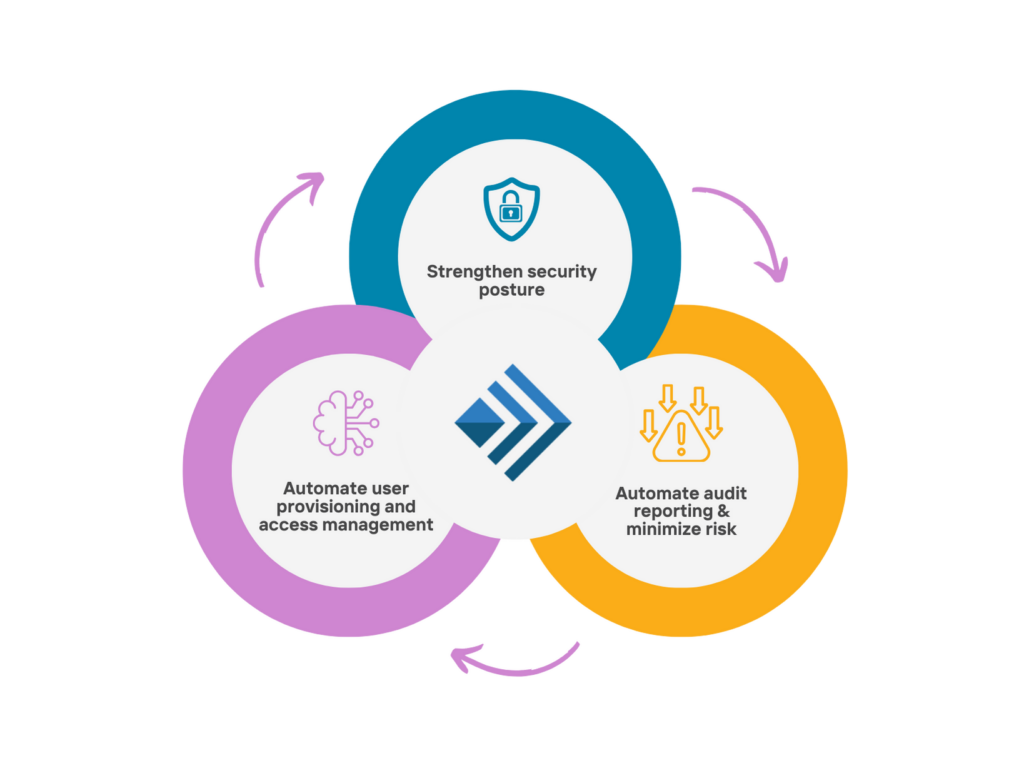
Whether it is a FOMO or truly a need for organizational transformation – cloud strategies have become a top priority across boardrooms, and tech leadership teams are scouting every way to fit it in the broad spectrum of goals. 57% of executives in a PWC survey on Cloud Business reported that they are working in conjunction with C- suite to build a company-wide strategy. By 2022, it is expected that most organizations would have a formal cloud strategy, and would ensure that it aligns with corporate goals, and takes into consideration all the factors and risks to achieve the buy-in from C-suite.
While the cloud strategy may receive a considerable amount of focus from the C-suites, an integral part of the cloud adoption is ensuring security is identified as a shared responsibility. Using cloud securely is critical, and thus identifying roles and responsibilities is not an option anymore. A provider of cloud services can only do so much – your data is your responsibility and so is how you protect it. This brings up the question – is your cloud strategy adhering to your security strategy or does your organization have a security strategy for access and identities at all?
Are Identity and Access Management Relevant to Cloud Strategy?
Yes – it is relevant! It is like you switch to a modern home with the best technologies to access entry to your home but not securing those accesses with the latest technology. An intruder could easily hack your systems to enter your home, instead of having to figure out a way to break your locks or break your windows or doors. With accelerated adoption of the cloud for digital transformation comes the need to secure remote access, align with the technology shifts, and protocols. Identity management in a cloud environment is ever-changing, with evolving risks that are getting complicated than ever before. The challenge with IAM is it plays critical roles at many levels in an organization’s security map but often is not limited to IAM teams. With the involvement of multiple teams ranging from development, IT infrastructure, operations, legal, and others, there are expectations, requirements, and protocols that must complement the cloud and IAM strategies. IAM techniques are the beginning that follows defining access policies, outlining permissions that are most critical to ensuring a secured cloud environment. Cloud environments require extensive authorization and authentication processes to enable the highest level of data and resources security because of the complexities involved. This means flexibility, scalability, interoperability, and control mechanisms in IAM solutions play a pivotal role based on cloud updates and modernization.
Does your Organization Have an IAM Strategy Yet?
Why would you not have an IAM strategy? Worldwide in 2021, the Identity and Access Management spend is forecasted to be about $14 BN which is an increase of 40% since 2019 which is a significant jump (Statista, 2021). Therefore, it is evident that IAM is a strategic investment that enterprises across the world are making. The lack of a robust IAM strategy in a cloud environment is good news for hackers. It is a perfect premise for them to engage with the latest techniques and tools to hack if the IAM strategy of an organization is not continuously updated and audited. Staying on top of the threats and weaknesses and identifying proactive ways to mitigate those is one of the top goals of a successful IAM strategy. Not only would it prevent future attacks but imagine how much of a difference it could make in improving the chances of the entire cloud strategy being a success!
What about challenges in implementing IAM programs? Of course, there are challenges to IAM programs, and a strategy would take into consideration those and have solutions in place as well. Passwords for example are an ongoing threat, with 61% of data breaches resulting from compromised usernames and passwords, and yet many organizations are yet to move away from passwords as a user verification method. It is unacceptable in today’s digital age to recommend customers or employees to set passwords that are hard to guess or enforcing frequent password changes that can be a very exhausting experience. Other challenges include privacy concerns, ever-changing technology devices, and their operating systems, government protocols related to employee and customer data, and adhering to all these demands through the IAM strategy. We get it – it is hard! But once there is a decision and an ongoing conversation in board rooms regarding this – that is the first step. The most key step is to consider the step.
A robust IAM strategy will include knowing your users, identifying and implementing technologies to verify their identities, information security education, and regular audits. There are many tools, technologies, resources, and providers today who can help organizations navigate through developing an IAM strategy to its implementations. Simplifying the strategy development, managing costs, and IAM program management should not be a burden but an investment that exceeds the expectations of not only C- suites but users as well. We would love to hear about your IAM strategy and goals, and what your success parameters are!

